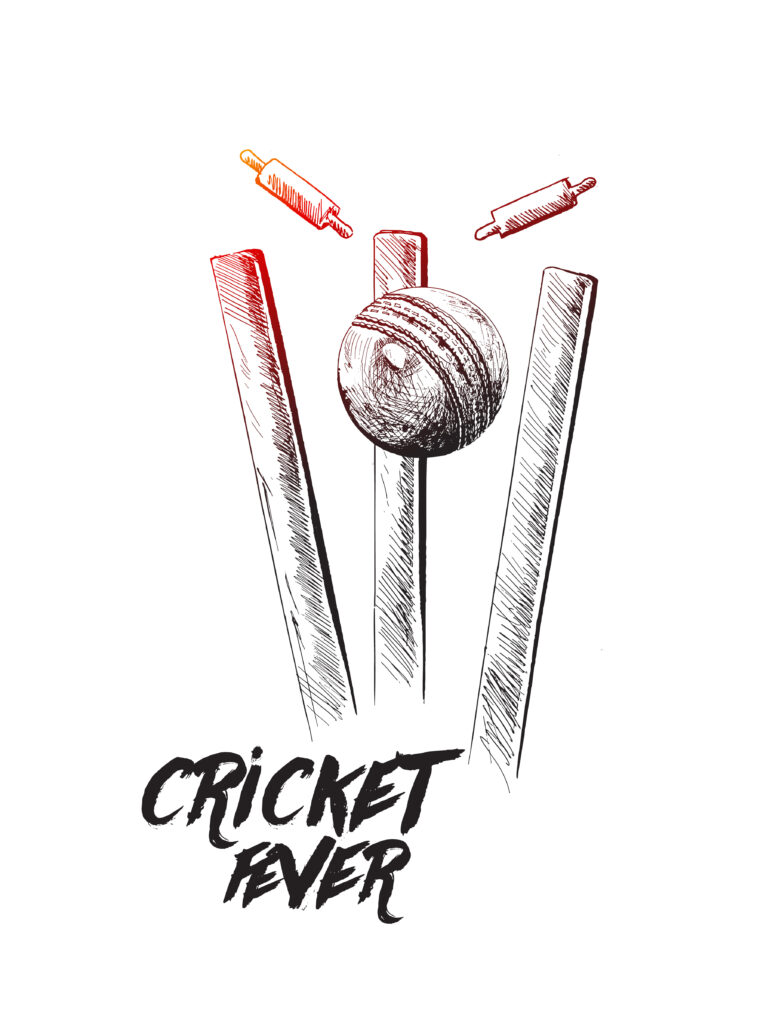Cricket, often hailed as a gentleman’s game, demands a unique set of skills, and perhaps the most captivating is the art of batting. In this comprehensive guide, we delve into the intricacies of cricket batting, exploring the nuances of Swing, Slog, and Score—the ultimate blueprint for every player seeking to enhance their performance.

1. Introduction to Swing, Slog, Score
Cricket batting is not merely about holding a bat and facing the bowler; it’s an art that requires finesse and strategic planning. Understanding the Swing, mastering Slog shots, and adopting effective scoring strategies form the backbone of a successful batting approach.
1.1 Overview of Cricket Batting
Batting in cricket involves more than just hitting the ball. It’s about reading the game, adapting to situations, and making split-second decisions that can alter the course of a match.
1.2 Importance of a Well-Designed Batting Blueprint
A personalized batting blueprint is the key to unlocking your true potential as a batsman. It acts as a roadmap, guiding you through various aspects of the game and helping you tailor your approach to different scenarios.
2. Understanding the Art of Swing
Cricket aficionados often marvel at the beauty of a perfectly executed swing. But what exactly is swing, and how can a player harness its power to gain an edge over the opposition?
2.1 Explanation of the Swing Technique
Swing, in cricket, refers to the movement of the ball through the air. Bowlers aim to generate swing to deceive batsmen, while batsmen strive to master the technique to predict and counter the ball’s movement.
2.2 Benefits of Mastering Swing in Cricket
A batsman proficient in swing can preempt the bowler’s intentions, adjust their stance accordingly, and play shots with precision. Mastering this technique enhances a player’s adaptability and makes them a formidable force at the crease.
3. Unleashing the Power of Slog Shots
Slog shots are the game-changers in cricket. When executed correctly, they can turn the tide in favor of the batting side. However, mastering the art of slog shots requires skill and timing.
3.1 Defining Slog Shots in Cricket
Slog shots involve aggressive and unorthodox strokes, often played with the intent to clear the boundary. Batsmen use these shots strategically, especially in limited-overs formats, to accelerate the run rate.
3.2 When to Opt for Slog Shots
Choosing the right moment to play a slog shot is crucial. Batsmen need to assess the match situation, field placements, and their own form before attempting these high-risk, high-reward shots.
3.3 Slog Shots Techniques and Tips
Successful slog shots require a combination of power, timing, and placement. Batsmen must practice these shots regularly to develop the necessary skills and confidence to execute them under pressure.
4. Scoring Strategies for Every Player
Scoring runs is the ultimate objective in cricket, but there’s more to it than simply hitting boundaries. Each player must develop their unique scoring strategies based on their strengths and the match conditions.
4.1 The Role of Score in Cricket
A batsman’s ability to score runs not only contributes to the team’s total but also puts pressure on the opposition. Understanding the different ways to score—singles, doubles, boundaries, and running between the wickets—can make a significant impact on the game.

4.2 Tailoring Scoring Techniques to Individual Player Styles
Not every player is the same, and their scoring techniques should reflect their individual styles. Some excel in classical shots, while others may thrive on innovative stroke play. Adapting scoring strategies to one’s strengths is key to consistent performance.
4.3 Adapting to Various Match Situations
A successful batsman is one who can adapt their scoring strategies to different match situations. Whether chasing a target, setting one, or navigating a tricky period, having a repertoire of scoring options is essential.
5. Developing a Personal Batting Blueprint
Now that we’ve explored the fundamental aspects of cricket batting, it’s time to delve into the process of developing a personalized batting blueprint.
5.1 Importance of a Tailored Blueprint
Every player is unique, with their own strengths, weaknesses, and playing style. A tailored batting blueprint takes these factors into account, providing a structured approach to skill development and game strategy.
5.2 Assessing Strengths and Weaknesses
To create an effective batting blueprint, players must first conduct an honest self-assessment. Identifying strengths to capitalize on and weaknesses to improve forms the foundation of a successful blueprint.
5.3 Customizing Techniques for Optimal Performance
Once strengths and weaknesses are identified, players can customize their techniques to maximize their strengths and mitigate weaknesses. This may involve tweaking the stance, refining shot selection, or improving footwork.
6. Common Challenges in Cricket Batting
While the joy of scoring runs is unparalleled, cricket batting comes with its share of challenges. Understanding and overcoming these challenges is crucial for sustained success.
6.1 Facing Quality Bowling Attacks
Top-level cricket exposes batsmen to world-class bowlers with diverse skills. Learning to face different bowling styles


